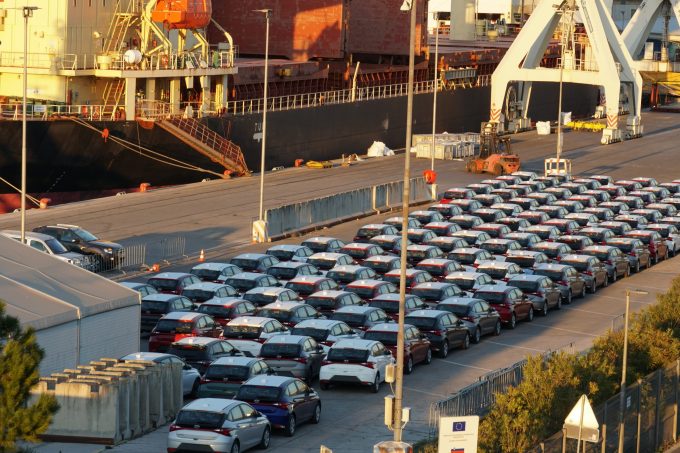Port of Antwerp-Bruges can help shippers 'get your boxes off the roads'
Increasing barge and rail activity has become a central pillar of the growth trajectory at ...

Long-haul ro-ro schedules are facing multiple challenges, causing congestion and delays in handling cars in ports in Europe, China, South Africa, the US and Australia.
According to The Loadstar sources, the movement of cars at ports around Europe, particularly Southampton, Koper and Zeebrugge (now called Antwerp-Bruges), are suffering with space issues, caused by driver shortages and exports are delayed by a lack of ro-ro vessel space.
A spokesperson for Antwerp-Bruges told The Loadstar: “The car terminals in the whole of Europe [are] ...
Asia-USEC shippers to lose 42% capacity in a surge of blanked sailings
USTR fees will lead to 'complete destabilisation' of container shipping alliances
New USTR port fees threaten shipping and global supply chains, says Cosco
Outlook for container shipping 'more uncertain now than at the onset of Covid'
Transpac container service closures mount
DHL Express suspends non-de minimis B2C parcels to US consumers
Zim ordered to pay Samsung $3.7m for 'wrongful' D&D charges
Flexport lawsuit an 'undifferentiated mass of gibberish', claims Freightmate

Comment on this article